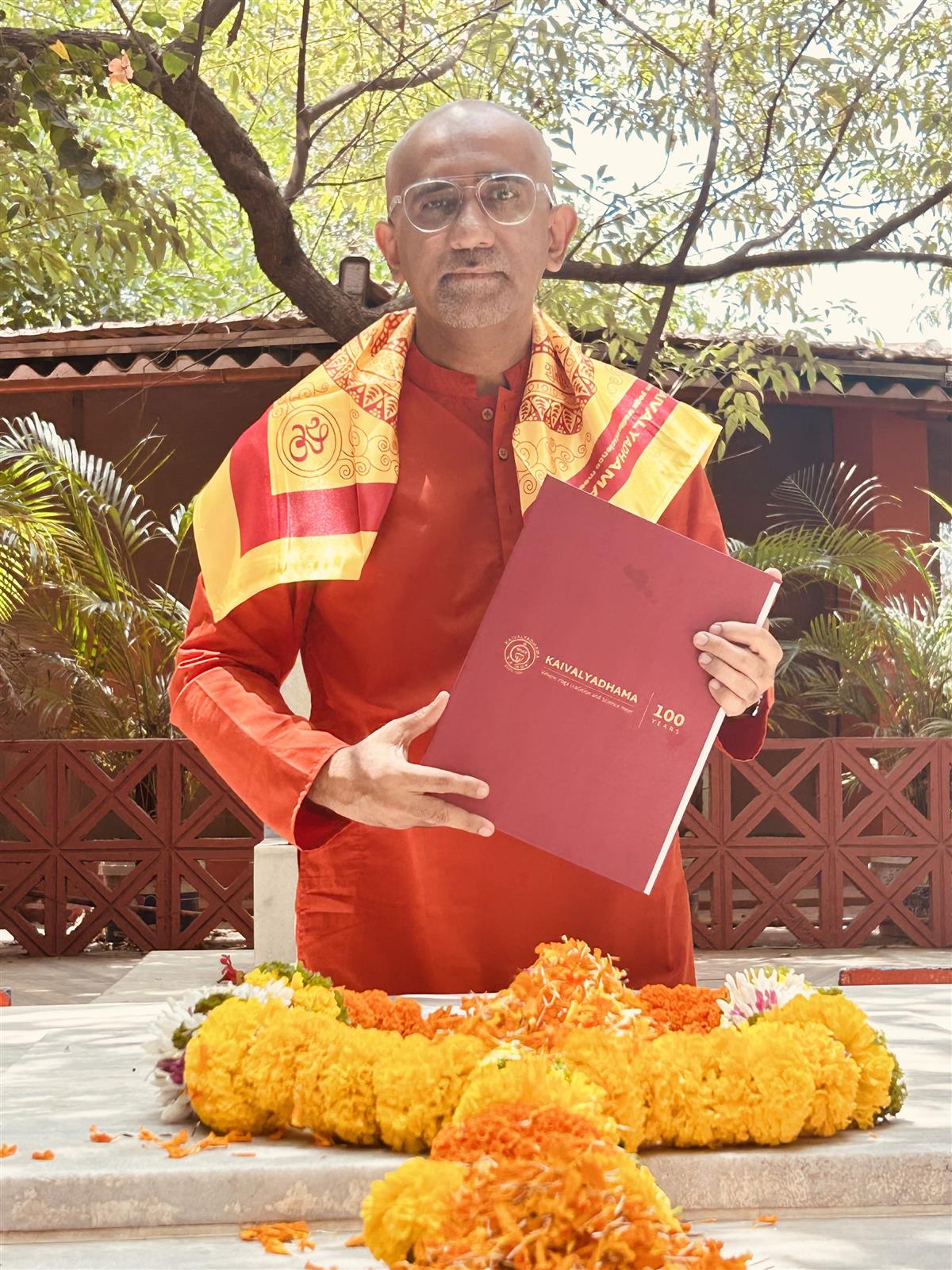Chetan is Certified Yoga Instructor with distinction in Traditional Yoga from 100 Years old Institute Kaivalydhama, India. now based in PHUKET. 
His expertise lies in Pranayama (Breathing Practice), Traditional Asanas, Mudras & Bandhas, Yog Nidra, & Kriya Yog.
He has personally learned Kriya Yog from Prof. R. S. Bhogal Sir who is the Joint Dir. Research, Author, Editor in Chief of Yoga Mimamsa (A biennial scientific journal.) holds National & International awards & Accolades.
Yog is derived from the Sanskrit word YUJ meaning "to yoke or join together with the Cosmic Energy. In 5,000 years of yoga history, the term "yoga" has gone through a renaissance in current culture, exchanging the loincloth for a leotard and leggings..
We focus on various issues like BP, Sugar, Cholestrol, Arthritis, PCOD, Asthama, Hypertension, Sinus, Migrane, Anxiety & Weight & Stress Management with Tarditional yogic Values.
Self-realization: Awareness of your true nature as infinite consciousness.
Inner peace & silence: A state of mental stillness, clarity & tranquility.
Transcendence of ego: Liberation from the false self, leading to unity with the universe.
Holistic healing: Physical, Emotional, Mental & Spiritual balance.
Connection to the divine: Experiencing oneness with the ultimate reality (Brahman or Shiva).
Spiritual liberation: Freedom from the cycle of birth & death & union with the cosmos.